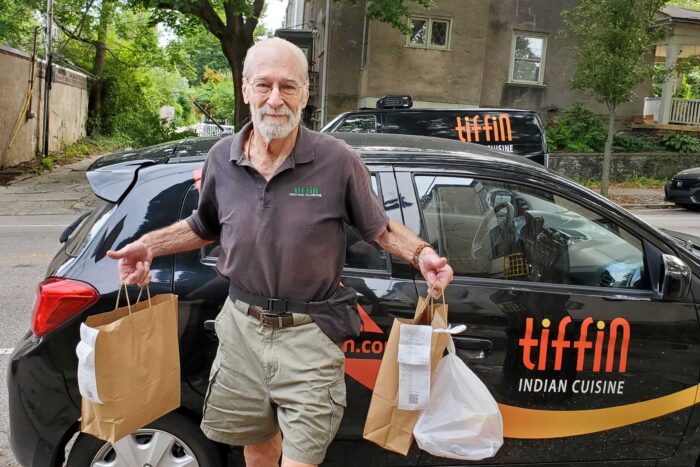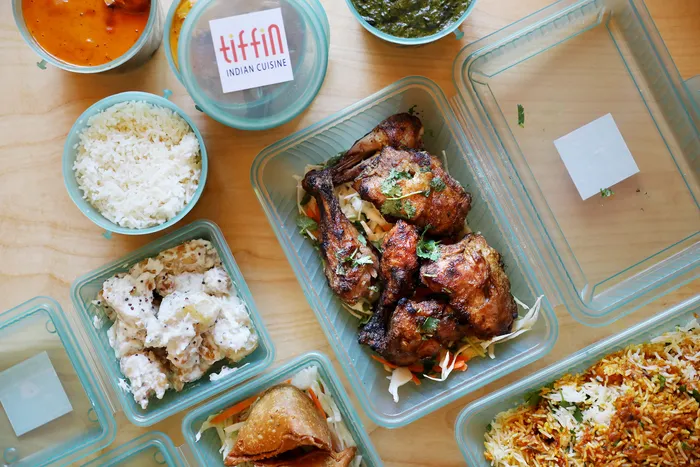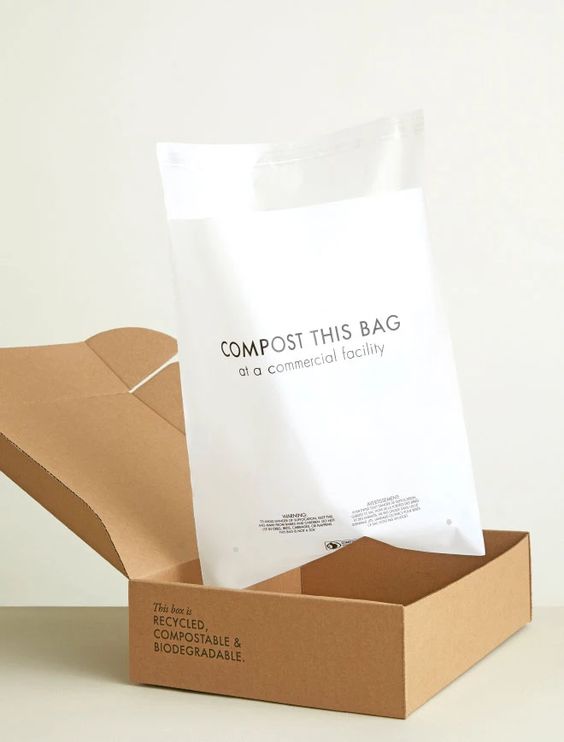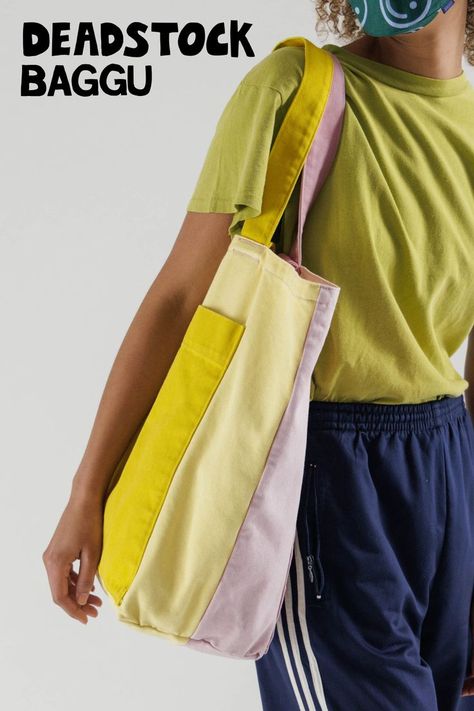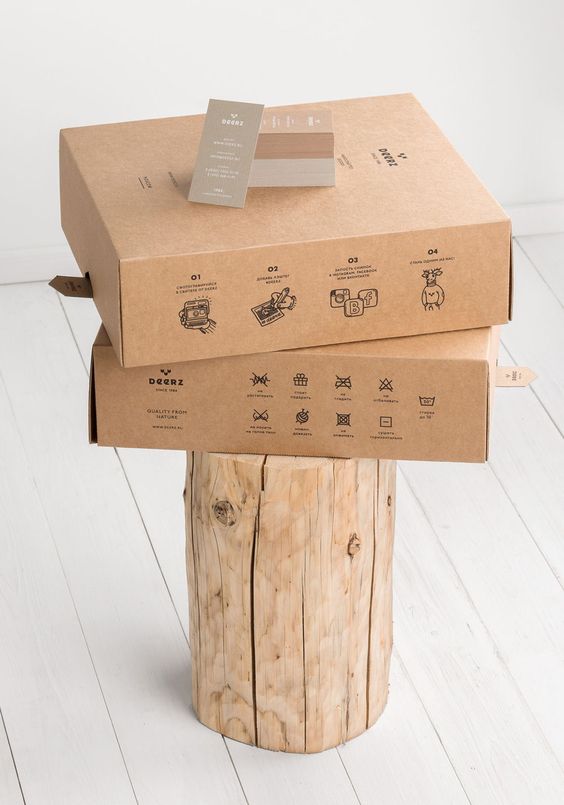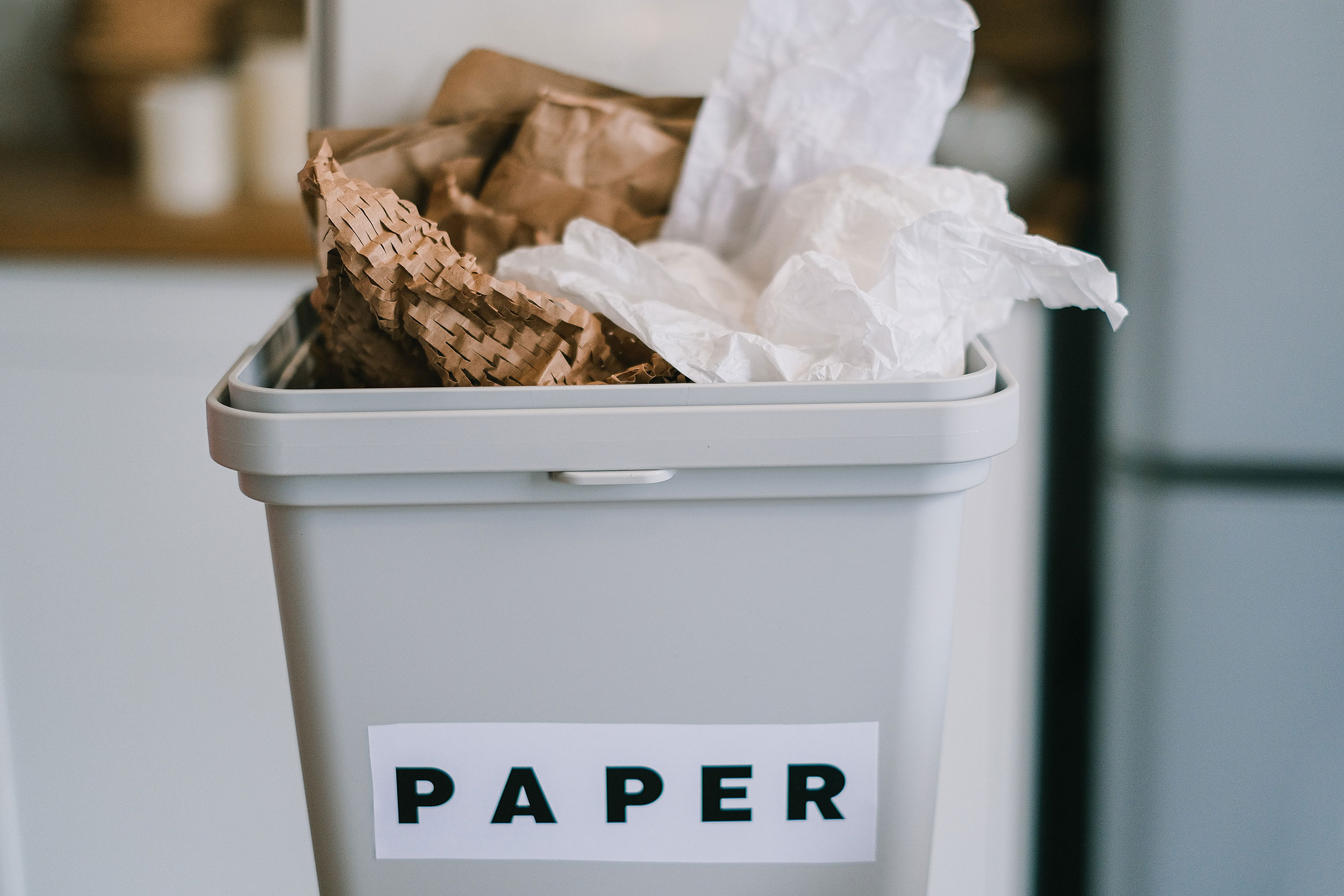
How to Maximize your Packaging’s End-of-Life
When developing sustainable packaging, design and material selection are great considerations, but it’s equally important to think of your packaging’s end-of-life plan. According to Our World in Data, plastic packaging is the single largest contributor to global waste per industrial sector, generating 141 million tons of waste in 2015. But it’s not just plastic that’s contributing to waste.
With the dramatic rise in e-commerce shipments as buyers crave the ease and access to anything and everything at the touch of a button (the World Economic Forum reported a 25% rise in e-commerce shopping in 2020) comes the dramatic rise in packaging for e-shipments. Studies show that the amount of corrugated packaging being produced has risen 22% since 2010, with corrugated material now the “most produced paper grade worldwide, accounting for 38% of paper production in 2019” (Statista).
2020 also saw a dramatic rise in restaurant takeout and delivery services, with pandemic fears increasing an already growing trend of consumers ordering their favorite foods to eat at home, rather than dining-in. With this, comes the increased need for to-go restaurant packaging. Hotel Tech Report states, “The food delivery industry in the United States has tripled in revenue in the past five years,” with Americans spending $22.4 billion dollars for food delivery in 2022 according to Business of Apps.
In 2022, when the terms ‘sustainable’ and ‘eco-friendly’ have become synonyms with good business practices, it has become the responsibility of all companies to take a fresh look at their packaging and to make smarter choices in an effort to help curb the effects of human-caused global climate disruption.
Whether you are developing new shopping bags for retail, re-thinking your restaurant take-out bags, or crafting sustainable e-commerce packaging, there are steps that you can take to help lessen your impact – or even stop it entirely. Read on for sustainable packaging solutions, tips and tricks.
Sustainable packaging end-of-life (and extension-of-life) options:
REUSE
Reusing packaging is a great way to extend the life of packaging materials, keeping additional waste out of landfills. If you have a retail storefront or restaurant, consider starting an incentive program to reward customers for reusing your bags, boxes and other packaging materials when they return to your store to purchase more goods.
Tiffin, an Indian food concept in Philadelphia with 9 locations, has made the move to reusable to-go packaging. Tiffin uses a hard-plastic container that can be returned to their delivery drivers or any of their locations, where it is then washed and sanitized up to 1,000 times. Customers can opt-in to using the reusable containers, and are incentivized with discounts on future orders for returning the containers (or charged $3.50 for not returning, though CEO Munish Narula reports that he has yet to have a container not get returned). Not only does this model keep trash out of landfills, it creates a loyal following as customers are incentivized to return and re-order.
RECYCLE
Ensuring that the packaging materials you choose are both derived from recycled materials and can easily be recycled by the consumer is one of the easiest ways to make an impact. Select materials with the highest content of recycled materials as possible for your need, and take into consideration the ease of recycling for the consumer. If the materials you choose are widely accepted by most recycling programs in the area of the country (or world) where the majority of your customer base lives, then your packaging is far more likely to be recycled.
Cardboard is one of the most easily recycled materials. It can be recycled approximately 5 to 7 times, and once the cardboard fibers become too short to be bonded into cardboard, the pulp can be turned into paper. Plastic, depending on the type, can be recycled from 1 to 10 times, with flexible plastics (LDPE) used for plastic bags falling on the lowest range of the scale and more rigid plastics (HDPE) on the higher end. The more mindful you are about selecting the most sustainable packaging materials, the bigger impact you can make.
One exciting trend is the use of non-packaging materials being recycled for packaging purposes. Retailers like Zappos are teaming up with Blue Jeans Go Green to turn discarded denim into thermal packaging (insulation) for meal box deliveries, eliminating the need for Styrofoam and metallic bubble mailers.
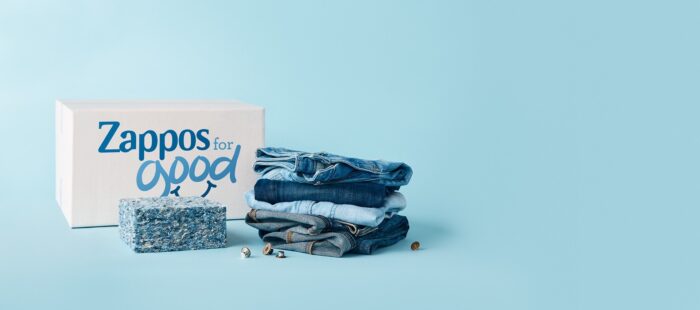
COMPOST
This option often applies to sustainable restaurant packaging, but can also be an end-of-life alternative for retail packaging such as paper bags, mailers, and boxes. In order to make this a possibility, you must be mindful of all of the materials in and on your packaging.
In order for an item to be composted, it must contain only natural components. That means no synthetic dyes, inks, foil stamps, non-compostable varnishes or any type of wax coating that will interfere with the decomposing phase. Items derived from once-living things – think cardboard or paper from trees or bamboo, cotton or jute from plants – will decay and decompose, returning their nutrients to the soil.
Compost-friendly packaging materials are now easier than ever to find. Instead of plastic bubble or Styrofoam for protecting fragile items, try corrugated bubble wrap, honeycomb paper (a.k.a. geami) or cellulose wadding. Instead of traditional tapes that cannot be recycled or composted, try cellulose-derived tapes with a natural rubber adhesive or kraft paper gummed tapes.
UPCYCLE
Upcycling in the packaging world does require a bit of imagination, and is certainly possible with the right design. To encourage upcycling, you’ll want to take a minimalist route with your packaging design. Simple, clean boxes, devoid of major embellishments and logos, lend well to reuse and upcycling. If a consumer can easily use your box to organize household items (such as office or bathroom supplies) in a simple and visually appealing way, that box is far more likely to find a new life.
On a product level, this method is becoming more popular, thanks to companies like Reformation and Baggu, who take recycled materials, deadstock fabrics and vintage clothing and turn them into beautiful reusable bags and other textiles (Baggu) and on-trend clothing (Reformation).
Maximizing your PACKAGING'S end-of-life capability, by TYPE
From the get-go, it’s important to choose packaging that has either a reusable, recyclable, compostable, or upcyclable quality to help ensure minimal impact on the environment. Once you have that established, here are the best ways to promote sustainable end-of-life practices for your packaging:
PAPER BAGS & BOXES
- Keep it natural. Simple, kraft paper that is free from artificial dyes and inks is key. Soy dyes are safe for both recycling and composting (and rarely cost more), so don’t feel like you have to sacrifice style. When designing your bag or box, keep large logos and any elements that may prevent reuse to a minimum.
- Keep foils to a minimum. Most recycling machines can process foils if used sparingly. Foils cannot be composted.
- Avoid varnishes, laminations and waxes, which do prevent recycling and composting.
- Don’t forget about the extras. Select handles (on bags) made from natural fibers like paper or cotton rope. Use tapes and glues that are recyclable or compost-friendly.
- Minimal is best. Consider reducing your total packaging as much as possible – this will also save on shipping rates, with less weight and volume.
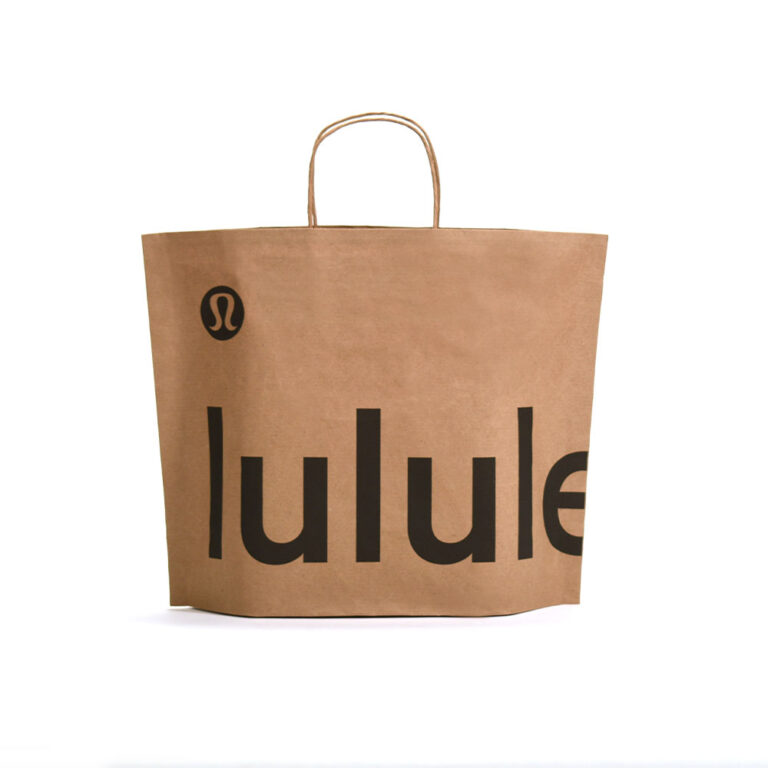
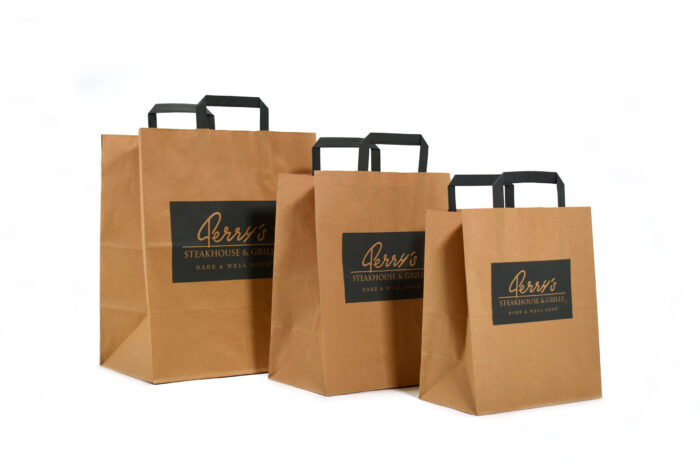

MAILERS
- Include a double adhesive strip on your mailers to encourage reuse for returns.
- Paper mailers offer an alternative material to traditional poly-mailers and are 100% recyclable and compostable.
- If using poly-mailers, consider manufacturing them with BDP, a revolutionary polymer made from organic nutrients and compounds that act as food sources for microbes. When plastic with BDP enters a landfill (or the ocean), the BDP attracts microbes, which begin to digest the plastic in a matter of years, leaving only compost and biogas behind. To learn more, see our BDP Blog from last month.
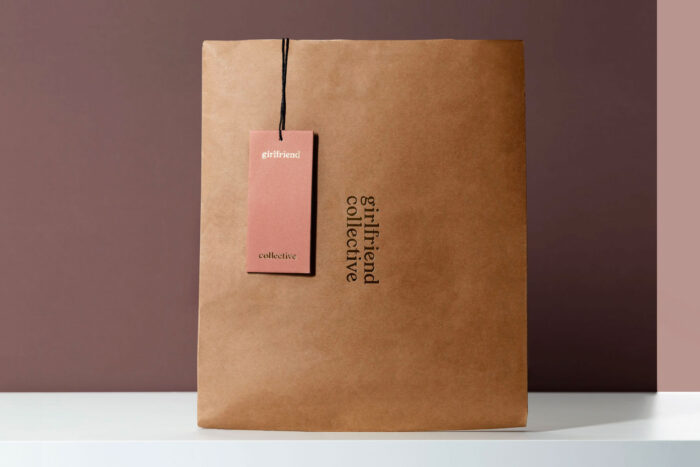
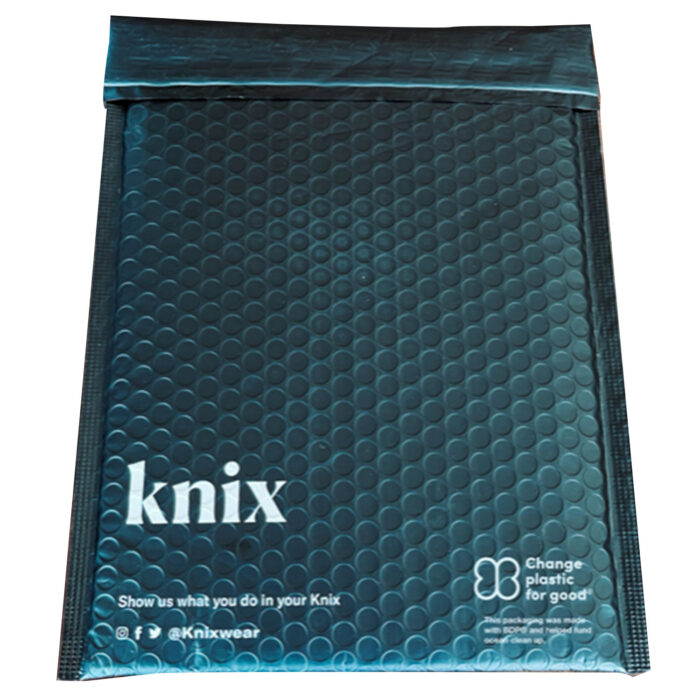
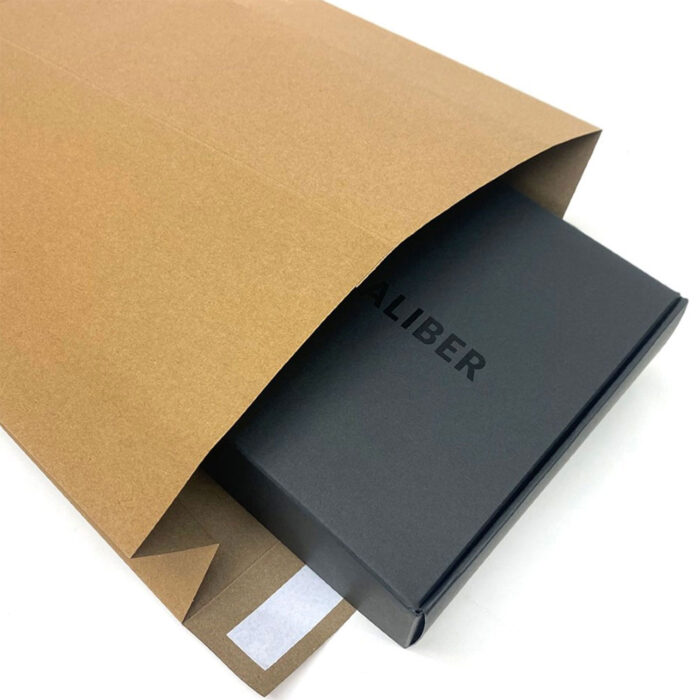
TIPS FOR SUCCESS: END-OF-LIFE LABELING & WAYFINDING
With any effort to reduce waste and encourage reuse, recycling, composting and upcycling, it is best to keep your consumer in-the-know. The more direction you give your customer, the more likely they are to follow suit. Simple labels, images or words on the packaging is a good start. Another suggestion is to take to social media with ideas for your fan base. Showing beautiful examples of your repurposed, reused and upcycled packaging (…or a compost bin brimming with shreds of your product wrap) is a sure way to influence your loyal customers and make a difference.
Ensuring your product and your packaging have sustainable end-of-life options is becoming ever more important to running a successful business and to the health of the Planet. For more information on how you can incorporate these ideas into your packaging program, please reach out to us.
